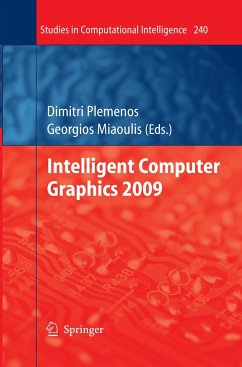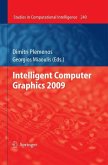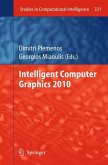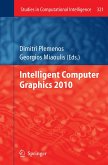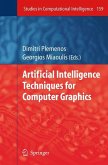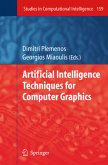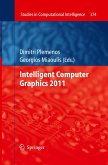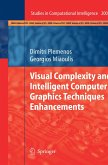The purpose of this volume is to present current work of the Intelligent Computer Graphics community, a community growing up year after year. This volume is a kind of continuation of the previously published Springer volume "Artificial Int- ligence Techniques for Computer Graphics". Nowadays, intelligent techniques are more and more used in Computer Graphics in order, not only to optimise the pr- essing time, but also to find more accurate solutions for a lot of Computer Gra- ics problems, than with traditional methods. What are intelligent techniques for Computer Graphics? Mainly, they are te- niques based on Artificial Intelligence. So, problem resolution (especially constraint satisfaction) techniques, as well as evolutionary techniques, are used in Declarative scene Modelling; heuristic search techniques, as well as strategy games techniques, are currently used in scene understanding and in virtual world exploration; multi-agent techniques and evolutionary algorithms are usedin behavioural animation; and so on. However, even if in most cases the used intelligent techniques are due to Artificial - telligence, sometimes, simple human intelligence can find interesting solutions in cases where traditional Computer Graphics techniques, even combined with Artificial Intelligence ones, cannot propose any satisfactory solution. A good example of such a case is the one of scene understanding, in the case where several parts of the scene are impossible to access.
Bitte wählen Sie Ihr Anliegen aus.
Rechnungen
Retourenschein anfordern
Bestellstatus
Storno

